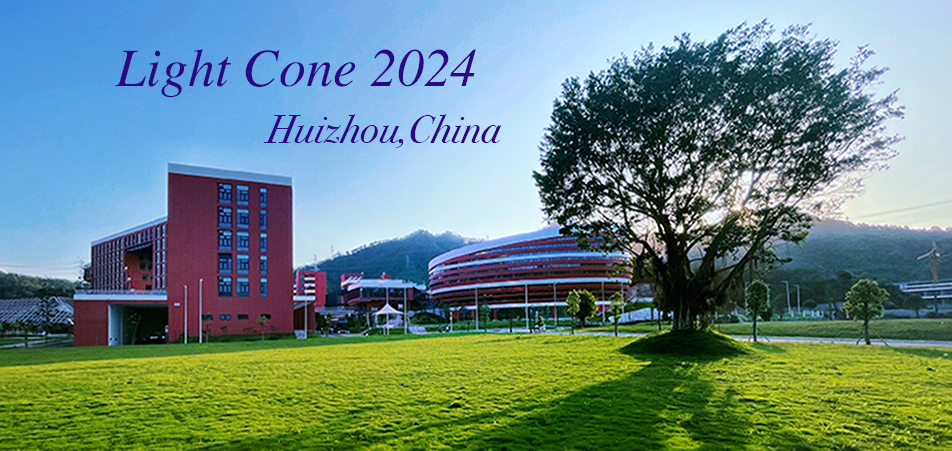Speaker
Description
The observation of the $T_{c\bar{s}}(2900)$ indicates the potential existence of strange double charm pentaquarks based on the heavy antidiquark symmetry. We systematically study
the mass spectra of strange double charm pentaquarks with strangeness $S=-1$ in both molecular and compact structures for quantum numbers $J^{P}=1/2^{-}$, $3/2^{-}$, $5/2^{-}$. By constructing the interpolating currents, the mass spectra can be extracted from the two-point correlation functions in the framework of QCD sum rule method. In the molecular picture, we
find that the $\Xi_c^{'+}D^{\ast +}$, $\Xi_{c}^{\ast +}D^{\ast +}$, $\Xi_{cc}^{\ast ++}\bar{K}^{\ast 0}$ and $\Omega_{cc}^{\ast +}\rho^{+}$ may form molecular strange double charm pentaquarks. In both pictures, the masses of the $J^P=1/2^-, 3/2^-$ pentaquarks locate within the $4.2-4.6~\mathrm{GeV}$ and $4.2-4.5~\mathrm{GeV}$ regions, respectively. As all of them are above the thresholds of their strong decay channels, they behave as a broad state, making them challenging to be detected in experiment. On the contrary,
the strange double charm pentaquark with $J^P=5/2^-$ lies below its strong decay channel, which may be a very narrow state and easy to be identified in experiment. The best observed channel is its semi-leptonic decay to double charm baryon. As the result, we strongly suggest experiments to search for $J^P=5/2^-$ strange double charm pentaquarks as a first try.

